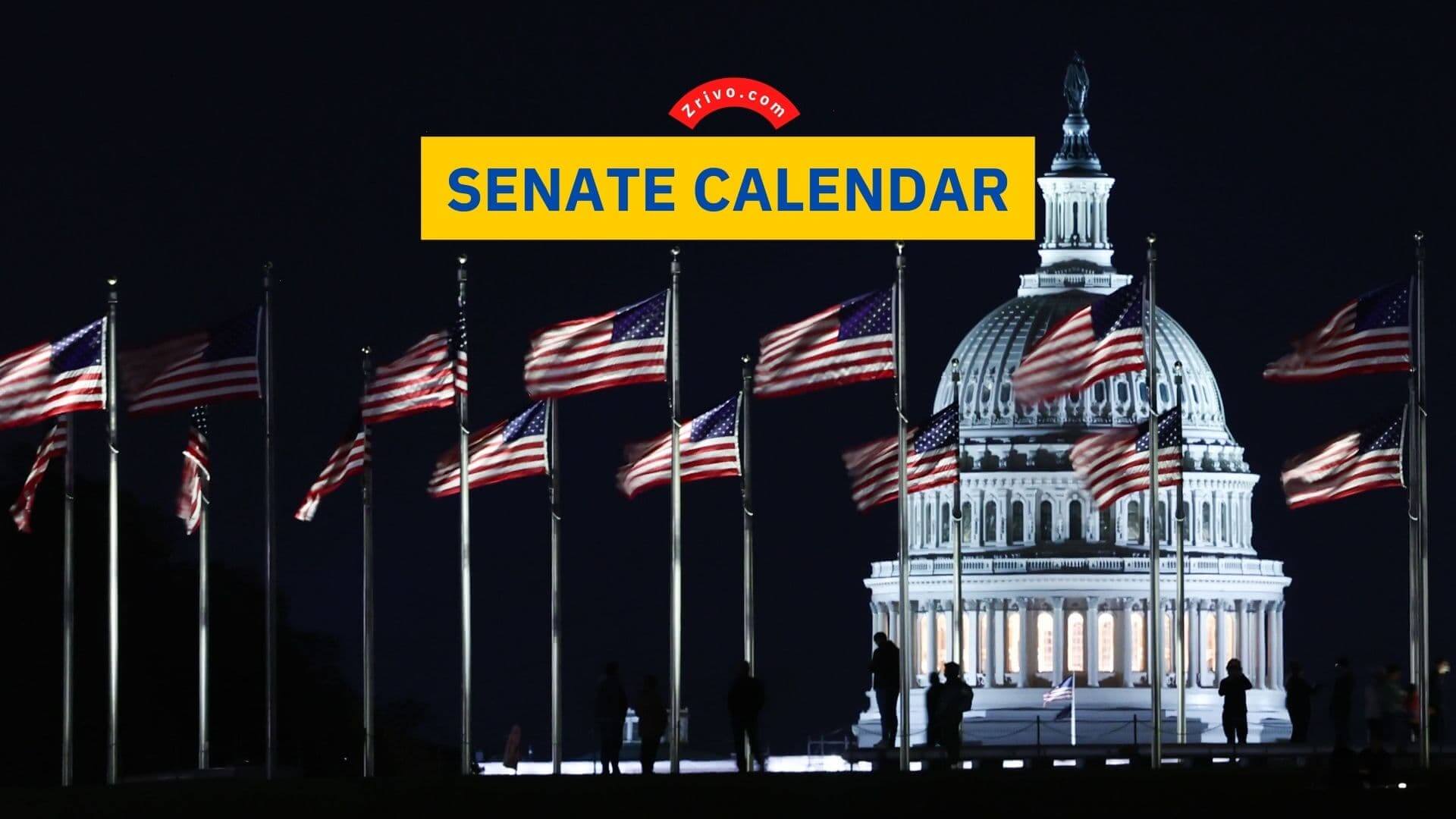
The Senate Calendar is a series of publications prepared under the direction of the Legislative Clerk that provides an inventory of bills and resolutions that are eligible for consideration by the Senate. This collection is updated each day that the Senate is in session. It identifies measures awaiting Senate floor action and provides sections for special situations in which floor actions have been deferred to show the status of bills in conference or appropriations bills.
The first section of the Senate Calendar, “General Orders,” contains all measures placed on the calendar by order number and eligible for Senate floor consideration. The second section, “Motions,” contains all the motions that senators have entered for later Senate consideration. The third section, “Senate/House Joint Conference Report,” identifies and describes the current status of all bills and resolutions for which a joint House/Senate conference has been requested and conferees appointed. The fourth section, “Treaties and Nominations,” lists all legislation that affects the executive branch, including nominations for positions in the Department of Defense and Cabinet.
To search Congressional Calendars, visit the GPO web page and select the “Senate” or “House” option. The resulting list will display the collections of both the current session and previous sessions back to the 104th Congress. Select the edition number and chamber from the drop-down menus to view a particular collection.

What is a Committee Calendar?
A committee calendar is the final record of a committee’s activities during a Congress. It contains a wealth of information about the Committee’s work, including committee membership roll; subcommittee membership rolls; committee rules and jurisdiction; legislation considered by the Committee; dates and subjects of hearings and meetings; committee prints and reports; and executive communications transmitted to the Committee.
Nearly every congressional Committee prepares a final legislative calendar at the end of a Congress. Whether or not the House and Senate rule require committees to publish these calendars, many do so.
Both the House and the Senate keep a list of bills that are eligible for floor consideration on their calendars. These calendars include bills that have been reported and placed on the respective chamber’s schedule and those for which committee leaders have requested that the Committee bring a bill to the floor.
The majority party leadership in both the House and the Senate typically determines which bills will come to the floor for consideration in a given day or week. They do this by evaluating the importance of the bill and how much time it will take to consider.
Most committees also prepare supplemental calendars that combine pending business from the previous day that did not make it to a final reading and bills that are ready for a second reading. The supplemental calendars are usually published in advance of the daily calendar so that representatives can prepare for their meetings with a clear view of what’s on the agenda.

What is House Calendar?
A House Calendar is a list of bills scheduled for consideration. It is a handy tool for Members of the House to keep track of their priorities during the legislative session. Here is the list of all house calendars.
The most obvious purpose of the House Calendar is to ensure that House members are aware of all bills that they have been referred to and how they can get involved in their debate. The House Committee on Calendar and Rules is responsible for deciding which bills are eligible to reach the floor for debate.
While the Committee has no direct authority over what is considered to be a viable proposal, it does have the power to decide in which order certain measures should be scheduled for debate. In practice, this Committee works in tandem with the House Speaker to determine the most expeditious way for a measure to move forward.
The House Rules Committee also has the authority to establish what are called “Consent Calendars,” which contain a large number of non-controversial measures that require only minor tweaking for them to be eligible for further consideration. Unlike the Senate, the House must post a written Consent Calendar at least three days before the bill is scheduled to be considered. Lastly, the House has its own “Motions to Discharge Committees” that are used by rank-and-file House members as a sneeze-proof means of the bypassing party and committee leadership in pursuit of floor action on an underlying bill that is bottled up in a particular committee.

The Senate’s Calendar of Business
The Senate’s Calendar of Business provides a schedule of bills, resolutions, and other items that are eligible for floor consideration in the Senate. Any measure that is not on the calendar may not be considered by the majority leader or any other Senator unless unanimous consent is obtained.
When a bill or resolution is placed on the calendar, it is listed by the following information: its sponsor; its title; and whether the measure is original or has been reported from Committee with or without amendments. In addition, the calendar indicates whether it is accompanied by a written committee report or contains additional or minority views.
A public bill favorably reported by all committees is assigned a calendar number on either the Union Calendar or House Calendar, the two principal calendars of business. This number is printed on the bill’s first page and, in certain instances, also on the back page.
Upon completion of the session, the calendar is published by the Secretary of the Senate. The calendar’s front cover lists the dates on which each session of the current Congress convened and adjourned sine die.
The calendar also lists any unfinished business pending before the Senate, unanimous consent agreements that continue to apply to legislative business, and the date on which the Senate will next convene. The calendar also includes a chart that identifies and describes the status of all appropriations bills introduced in the current Congress.

The Senate’s Executive Calendar
The Senate’s Executive Calendar is published each day that the Senate is in session and lists the executive business items that require action by the full Senate, including unanimous consent agreements, resolutions, treaties, and nominations. It is also used to identify nominations eligible for expedited floor consideration. It is the official record of Senate business and can be accessed via the internet or the Congressional Deskbook. It also displays any unanimous consent agreements that govern Senate action on specific items of executive business.
The calendar is a smorgasbord of information, and you’ll want to consult it as often as possible. It’s a great way to keep up with what the Senate is doing and who’s in it, but be sure to keep in mind that you may be subject to a lot of noise as your own Representative, Senator, or Congressional staff member is making his or her own decisions.